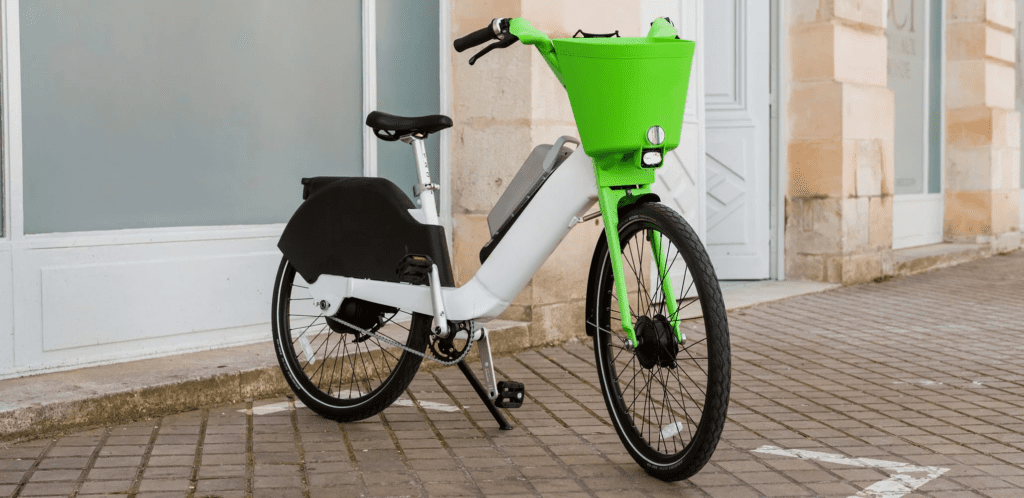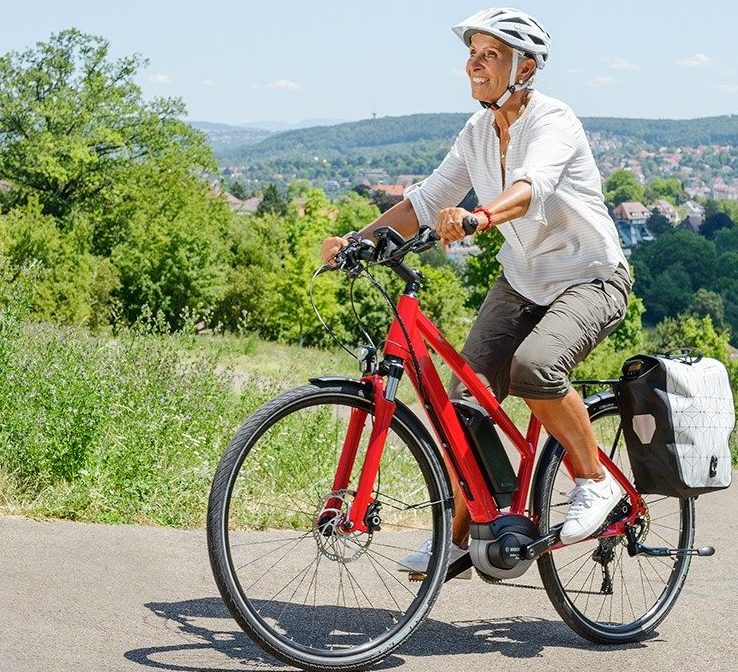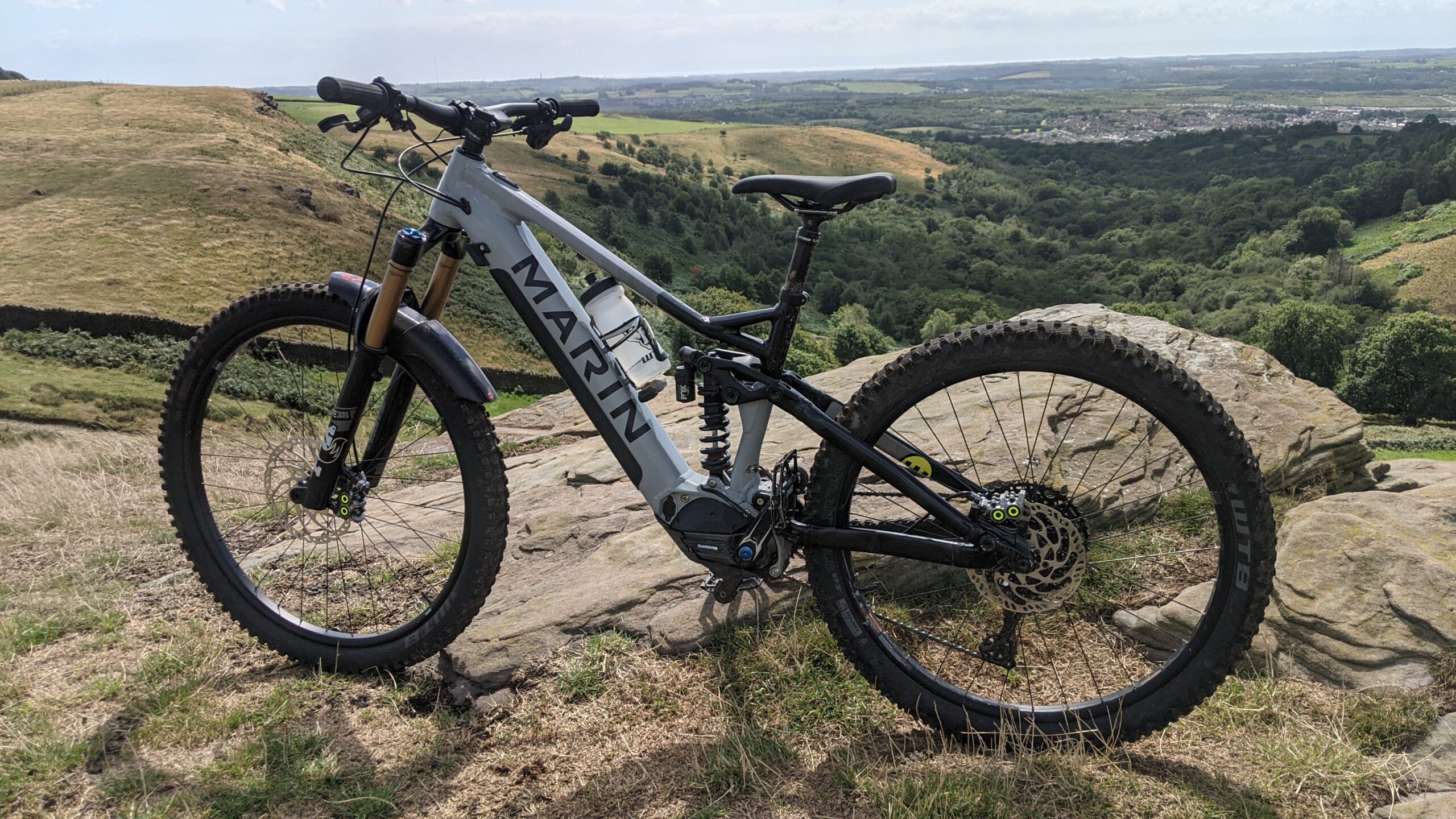Is riding an e-bike is still riding?

E-bikes are now firmly a part of the cycling world, but there is still a good deal of snobbery that surrounds them. If, like us, you believe that e-bikes represent the future of modern transportation – and that they are a brilliant way for everyone to enjoy the many joys that cycling has to offer – you’ll know that snobbery is ill-founded.
Today, we are going to be taking a look at just some of the reasons why e-bikes are so good and why you should ride yours with pride. If you’re still sceptical about taking the plunge into the world of e-bikes, perhaps we can convince you over the course of the next five minutes?
Living and or working in a modern city can be difficult when it comes to transport, even more so if you live far away from your place of work. Driving into built-up areas can be tedious and often costly, to say nothing of the endless challenges of where to park your two-ton metal box once you do actually make it to the destination.
Alongside this, many UK cities lack reliable public transport options – leaving the average commuter with a choice between two unappealing prospects.
In this context, an e-bike becomes an extremely appealing third way, especially as it combines the fresh air and feelgood factor of a bike ride with the low-cost and high convenience missing from other commuting options.
As we have already touched upon, driving in an urban environment can be a pretty daunting and often expensive way of getting to where you want to be. E-bikes can be the ideal way of avoiding these unnecessary costs due to the relatively low cost of charging them. When comparing the costs of the average e-bike to a fossil fuelled car, the cost of charging for a 10 mile journey can be as little as 5p. The same journey by petrol fuelled car could cost anywhere between £1.50 and £2 depending on the terrain.
Lower fuel costs aren’t the only advantage of e-bikes though, as by regularly riding one you can avoid things like parking charges, low emission zones and emissions tax. While the cost of a top quality e-bike remains high, the investment is still less than buying a new car. I haven’t even mentioned the positive environmental impact you’ll be making.
Most cities in the UK and Europe are now home to fleets of e-bikes that can be hired as and when you need them via a mobile app. Living in a particularly hilly area myself, these e-bikes have proven themselves to be incredibly beneficial when I just don’t want to walk up a particularly steep hill.
There is of course a charge for using them, however it isn’t substantial. The pricing structure resembles that of traditional taxis – a pay-per-time-used model, albeit a fraction of the price of a cab – with most branded bikes costing around 10p per minute to ride. Once you’ve finished with your bike, simply park it in a designated area (of which there are plenty) and get on with your day. As a commuter it really doesn’t get any more convenient.
Human Forest, Voi, Lime and Mobike are some of the big players, but it’s worth investigating which of these is active in your city.
If you’ve spent a while off the bike, it can be difficult to find the motivation to get back out there again. This can be especially true for older folks or those that have suffered from serious injuries and may no longer be able to pedal as hard as they used to. In this kind of scenario, e-bikes represent a great way of getting back in the saddle as they can give you a little extra push when required.
Even if you consider yourself to be ‘too strong’ to use an e-bike to help you up a climb or just to get you home on a wet day, you should perhaps reconsider. Many top professional cyclists use e-bikes during their rehabilitation process following an injury. You can also hook up some e-bikes to indoor trainers which can be helpful if you need to accurately measure your energy expenditure upon your return to riding outdoors.

If you’ve been following the Giro d’Italia over the past couple of weeks, you may have noticed the Giro E that has been taking place at the same time. The race is essentially an alternative Giro route that is ridden on e-bikes, making it less challenging for regular folks to get involved. The Giro E has also attracted a host of former professionals such as Sacha Modolo and Andrea Tafi. Given its high calibre field, the race is slowly becoming a big post-career objective for older or recently retired riders.
From a mountain-biking perspective, racing on an e-bike can make the adrenaline rushes even more intense. Imagine being able to hit those apexes with even more power and pumping your way through the trails like never before, that is what racing on an e-MTB looks like. While racing on an e-bike does make certain things like climbing much easier, you still need to have the bike handling skills to navigate your way through whichever course you’re taking on.
The final reason why you shouldn’t disregard e-bikes is that they are really fun to ride and give you a completely different experience to riding a regular bike while maintaining many of health benefits attached to cycling. Riding an e-bike requires less physical and mental effort when compared to just putting your own power through the pedals. This means you can take things a bit easier and properly explore the area you’re riding around without expending too much energy.

The health benefits of cycling are obvious; however they aren’t accessible for all and can sometimes make people feel excluded. Choosing to ride an e-bike is therefore an inclusive experience and allows anyone to enjoy the many wonders cycling gives us. Next time you say riding an e-bike isn’t ‘proper’ cycling, take a moment to consider who may be riding it and why they’re doing so.
If you were an e-bike sceptic before reading this piece, hopefully I’ve now convinced you that riding an e-bike makes you just as much a cyclist as anyone else. If you are somebody that wants to get into e-bike riding, make sure you take out cycle-specific insurance with Yellow Jersey to ensure you’re fully covered against any unforeseen incidents.






